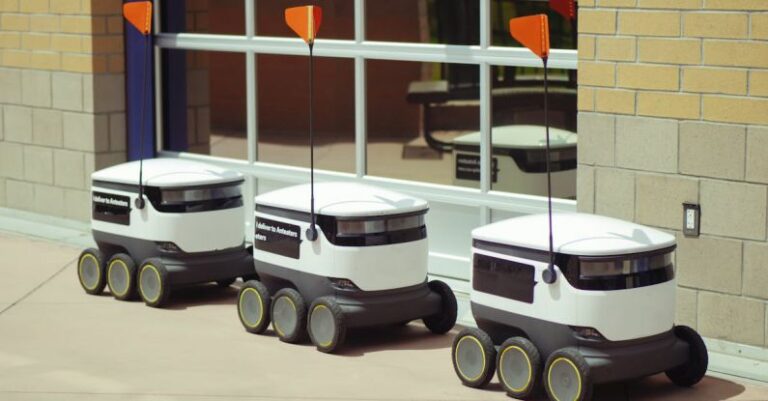
The world of robotics has seen significant advancements in recent years, particularly in the field of RC (remote control) robots. One crucial aspect that has undergone notable improvements is the batteries used to power these robots. The evolution of RC robot batteries has not only enhanced the performance and efficiency of these robots but has also opened up new possibilities for their applications. Let’s delve into the advances in RC robot batteries and how they are shaping the future of robotics.
### Lithium-ion Batteries: The Powerhouses of RC Robots
One of the most significant advancements in RC robot batteries is the widespread adoption of lithium-ion batteries. These batteries have revolutionized the way RC robots are powered by offering higher energy density, longer run times, and faster recharging capabilities. Lithium-ion batteries are lightweight and compact, making them ideal for powering RC robots that require agility and mobility. Additionally, these batteries have a lower self-discharge rate compared to traditional nickel-based batteries, ensuring that RC robots are always ready for action.
### Smart Battery Management Systems
Another key advancement in RC robot batteries is the integration of smart battery management systems (BMS). These systems monitor and control the charging and discharging of the batteries, ensuring optimal performance and longevity. BMS also provide important safety features such as overcharge protection, over-discharge protection, and temperature regulation, which are crucial for preventing damage to the batteries and ensuring the safety of the robot and its surroundings. With BMS, RC robot operators can have peace of mind knowing that their robots are equipped with intelligent battery management capabilities.
### Fast Charging Technology
Fast charging technology has emerged as a game-changer in the world of RC robot batteries. With the ability to recharge batteries in a fraction of the time compared to conventional charging methods, fast charging technology enables RC robots to spend more time in operation and less time waiting to recharge. This advancement is particularly beneficial for applications that require continuous operation or quick turnaround times, such as search and rescue missions, surveillance operations, and competitive robot battles. Fast charging technology is paving the way for more efficient and productive use of RC robots in various industries.
### High-Capacity Batteries for Extended Missions
The development of high-capacity batteries has extended the mission capabilities of RC robots, allowing them to operate for longer durations without needing frequent recharging. These high-capacity batteries offer increased energy storage capacity, enabling RC robots to undertake more complex tasks, cover larger areas, and stay operational for extended periods. Whether it’s exploring rough terrains, conducting inspections in remote locations, or performing intricate maneuvers, high-capacity batteries provide the power needed to keep RC robots running smoothly and efficiently.
### Wireless Charging Solutions
Wireless charging solutions have emerged as a convenient and efficient way to power RC robots without the need for physical connections or cables. By utilizing electromagnetic induction or resonance technology, wireless charging systems enable RC robots to recharge simply by being placed on a charging pad or within a designated charging area. This wireless charging capability not only eliminates the hassle of dealing with cables but also reduces wear and tear on the robot’s charging port, leading to increased durability and reliability. With wireless charging solutions, RC robots can seamlessly replenish their power levels and stay operational with minimal downtime.
### The Future of RC Robot Batteries
The advancements in RC robot batteries are continuously pushing the boundaries of what these robots can achieve. From lithium-ion batteries to smart battery management systems, fast charging technology, high-capacity batteries, and wireless charging solutions, the future of RC robot batteries is bright and promising. As technology continues to evolve, we can expect further innovations in battery technology that will enhance the performance, efficiency, and versatility of RC robots in various applications. With these advancements, RC robots are poised to play an even more significant role in shaping the future of robotics across different industries.
### In Summary
The advances in RC robot batteries have transformed the way these robots are powered, enabling them to operate more efficiently, effectively, and autonomously. Lithium-ion batteries, smart battery management systems, fast charging technology, high-capacity batteries, and wireless charging solutions are just some of the key innovations that are driving the evolution of RC robot batteries. As these advancements continue to evolve, the future of RC robots looks brighter than ever, with endless possibilities for innovation and advancement.





